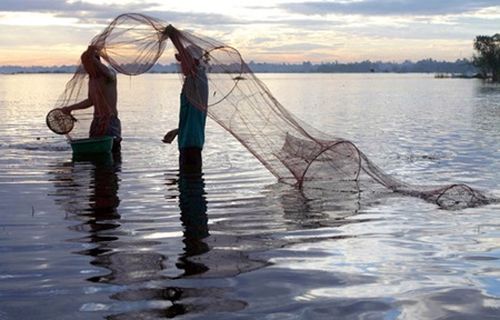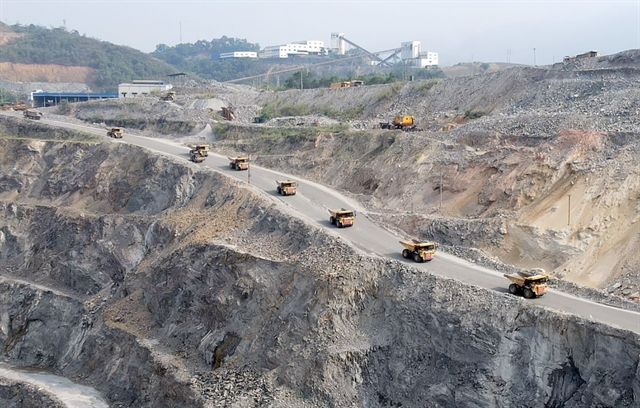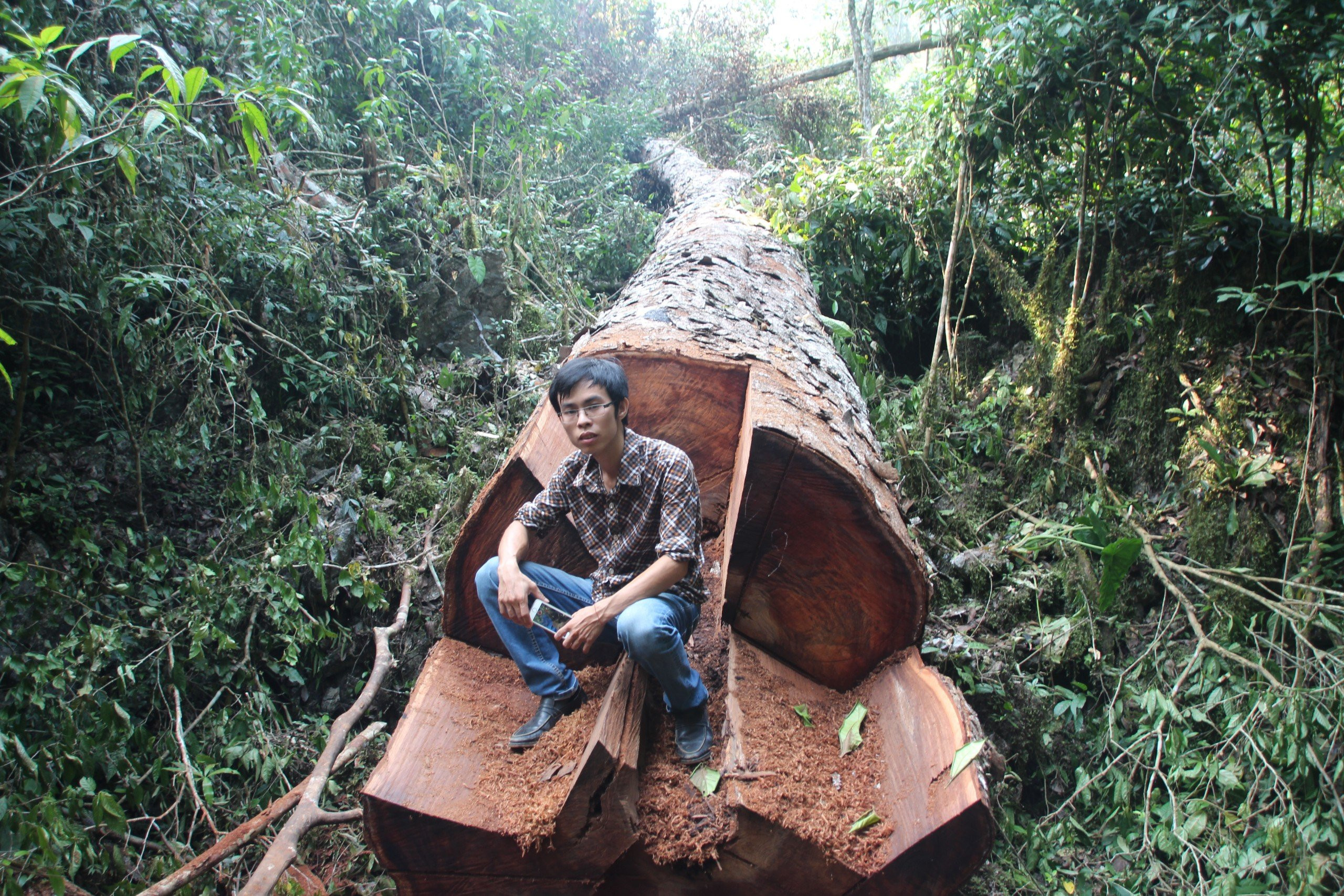Director of the People and Nature Reconciliation (PanNature) Trinh Le Nguyen said mineral resources were public assets owned by the entire people.
Thus, local people in the area that mining activities happened had the right to know specific information about the mine, what type of minerals, and who was assigned to exploit them by the State and local authorities, and what benefits the State, businesses and communities would enjoy from the mining activities, he said.

Mekong River basin residents demand stop to upriver dams
Many people in Viet Nam, Thailand and Cambodia are demanding a stop to the construction of hydropower dams in the Mekong River basin, which they claim have destroyed their livelihoods.

The appeal was delivered at a forum held on Wednesday in the southern Vietnamese province of An Giang by People and Nature Reconciliation (PanNature), TERRA and the Viet Nam Rivers Network.
Participants, who included nearly 200 people living in the Mekong basin, said the relentless construction of dams in the Mekong’s mainstream in Laos and Cambodia posed a serious threat to the river’s ecology and jeopardised the well-being of millions of people dependent on the river for food, livelihoods, transport, and a multitude of other needs.
The Mekong, the world’s 11th longest river, is also the world’s second richest river in terms of bio-diversity. Fed by the melting snows of the Tibetan Himalayas and monsoon rains of Southeast Asia, the 4,200km river is home to thousands of rare and endangered species of plants and animals.
The river and its countless tributaries nourish and support over 50 million people from China in the north to Myanmar, Thailand, Laos, Cambodia, and Viet Nam.
However, the construction of many mega dams for generating electricity on the upper Mekong River has already caused downstream impacts, especially along the Thai, Lao, Cambodian, and Vietnamese borders where communities have suffered declining fisheries and changing water levels that have seriously affected their livelihoods.
Long Sochet, head of the Cambodian Fishery Coalition, said the Mekong River provides 60 per cent of the main food, including fish, for Cambodians.
Since some dams were built on the river’s mainstream to generate electricity, water levels and fishery resources have decreased significantly, seriously affecting agricultural production, the river’s flow, and the livelihoods of those residing in the Mekong River Basin.
“Since 2013 we have witnessed clear changes in the Tongesap River in which water levels have decreased and the water has been polluted.”
Chirasak Inthayot of Thailand said after many mega hydro-power dams were built in the upstream Mekong River in China, water levels have changed, particularly in the dry season. The low water levels have affected production activities and made fisheries resources scarcer.
“If more dams are built on this river the damage particularly to fishery resources would be more serious, causing really bad impacts on people’s livelihoods. Thais want to clearly know how the construction of dams on the Mekong would affect them.”
Another Thai, Channarong Vongla from Loei Province’s Chaingkhan District, said, “Despite the fact that only a few dams have been built in the upper Mekong River, they have had a severe impact on people’s livelihoods, one of which is a sharp decrease in the fisheries resources in the river.
“This has caused incomes of people residing along the river to go down to a level that is not enough to support their families.
“If more dams, particularly the Don Sahong in Laos, are built they would have more bad outcomes. Thais do not want more dams built on the Mekong River.
“In September this year we collected nearly 6,500 signatures from people in Thailand, Cambodia, Viet Nam, and 77 organisations to protest against the construction of dams on the Mekong River.
“We will continue to collect signatures and then submit them to the governments of countries in the Mekong River Basin.”
Truong Van Khoi, a farmer in An Giang Province’s Phu Tan District, said his house is next to the Vam Nao River, a tributary of the Mekong.
“In recent years the water level in the flood season has been very low. The volume of fish has decreased by up to 80 per cent. Dozens of species of fishes that used to be seen during flooding in the past seem to have disappeared.”
Huynh Thi Kim Duyen of Ca Mau Province concurred with Khoi, saying: “In recent years the water level in the Mekong in the flood season has decreased and so the alluvium brought in by the floods is no longer enough for estuarine deposits of 50-100 square metres unlike in past years.
“Worse still, the province has lost hundreds of metres of land to erosion.
“People in the Mekong delta have felt deep concern about the consequences of the construction of more dams on the Mekong for future generations.”
Sa Wat of Thailand said, “The construction of hydropower dams on the Mekong River will affect the ecology, environment, and livelihoods in all six countries, including Laos. “
He called on the governments of the countries involved to consider people’s fears and sit together to find sustainable measures for the development of the region.
According to Dr Vu Ngoc Long of the Viet Nam River Network, the construction of the dams on the Mekong River Basin has made climate change more severe in the region.
“Along with strong protests by people in regional countries, it is necessary to do more scientific research and derive usable data to encourage the governments of the involved countries to take proper measures.”



